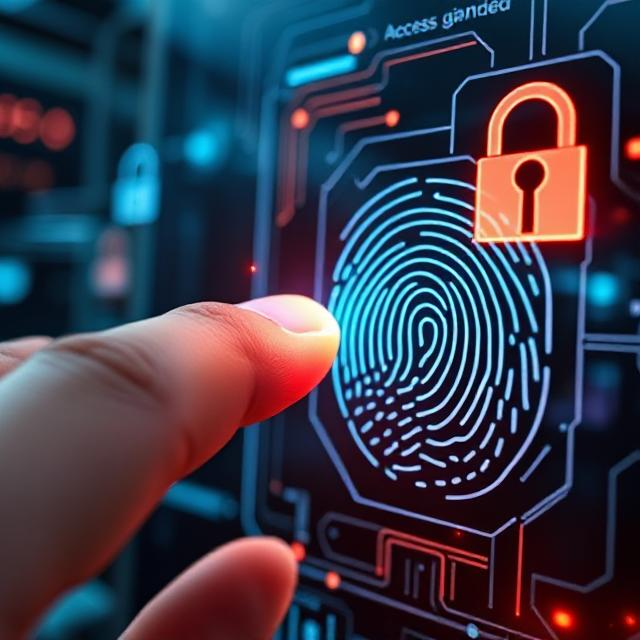Fingerprint tech plays a key role in our lives today, from opening phones to protecting vital data. But how does this simple-looking process work? Let’s explore the science that powers fingerprint scanning and how it’s causing a revolution in digital security.
What Are Fingerprints?
To grasp the tech, we need to understand fingerprints first. Every person has a unique fingerprint pattern that forms while they’re still in the womb. These patterns have ridges and valleys that create a one-of-a-kind mark making fingerprints a great way to identify people.
The Science Behind Fingerprint Recognition
Fingerprint scanning systems use a method that compares a live fingerprint scan to a saved digital template. Here’s the process:
1. Image Capture
When you put your finger on a fingerprint sensor, it takes a picture of your fingerprint. These pictures are very detailed to catch all the tiny features making sure the recognition process is accurate.
2. Image Preprocessing
After the picture is taken, it goes through a cleanup stage. This step makes the image clearer and gets rid of any fuzziness or warping ensuring that the fingerprint is as sharp as possible to match .
3. Feature Extraction
The system analyzes the fingerprint to spot key points, like where ridges end, split (bifurcations), and other unique features called minutiae. These elements play a crucial role in the comparison process.
4. Template Creation
After extracting the unique points, the system turns them into a digital template. This template gets stored in a database for later comparison.
5. Matching
When you try to authenticate, the system compares your live scan with the stored template. If it finds enough matching points that meet a set threshold, your fingerprint passes the check, and you get access.
Types of Fingerprint Sensors
Fingerprint sensors come in different types, each using unique technology to capture and process fingerprints:
- Capacitive Sensors: These sensors gauge the changes in capacitance when a finger touches the sensor surface. Smartphones and other personal devices often use them.
- Optical Sensors: These work by taking a digital picture of the fingerprint using light. You’ll find them in laptops and biometric access control systems.
- Ultrasonic Sensors: These sensors send out ultrasonic waves to go through the skin and create a 3D image of the fingerprint. Ultrasonic sensors offer better security and accuracy than other sensor types.
Applications of Fingerprint Technology
Fingerprint recognition has applications in many areas besides unlocking devices:
- Security: Fingerprint tech has a big impact on protecting sensitive data limiting access to buildings, and controlling network entry.
- Payments: Several payment systems now use fingerprints to authenticate secure transactions, both online and in stores.
- Law Enforcement: Fingerprint ID is key in law enforcement helping police match prints from crime scenes to criminal databases.
- Healthcare: In hospitals, fingerprints help identify patients and control access making sure people get the right treatment.
Challenges and Future Trends
Though fingerprint technology is dependable and secure, it faces some hurdles:
- Spoofing and Counterfeiting: Attempts to fake fingerprints by bad actors could put security at risk. This makes it essential to come up with better ways to stop spoofing.
- Liveness Detection: Making sure the finger used for authentication is real (not a fake or man-made fingerprint) is key to stop security breaches.
- Multi-Biometric Systems: Using fingerprint recognition along with other biometric checks, like face or eye scans, can boost security and make systems tougher to get around.
- Under-Display Fingerprint Sensors: A new trend is putting fingerprint sensors inside smartphone screens. This gives users a smooth hidden way to log in that’s both easy to use and secure.
